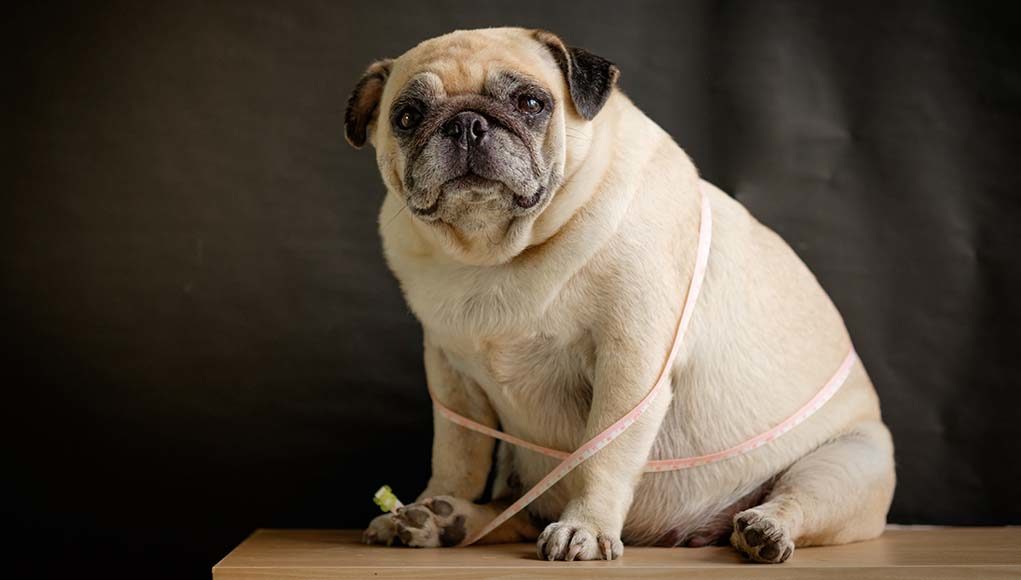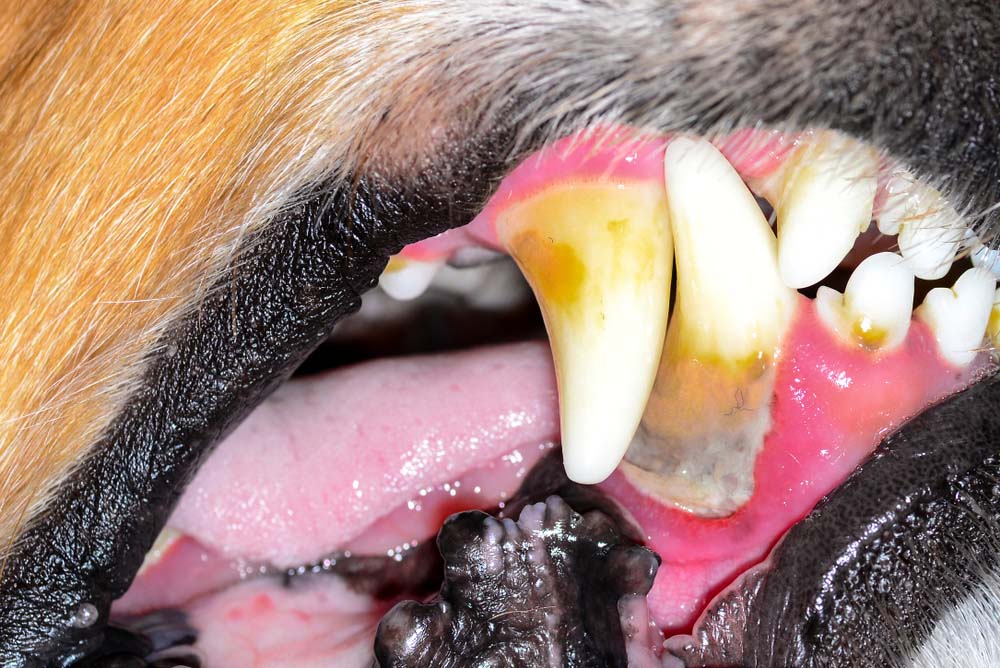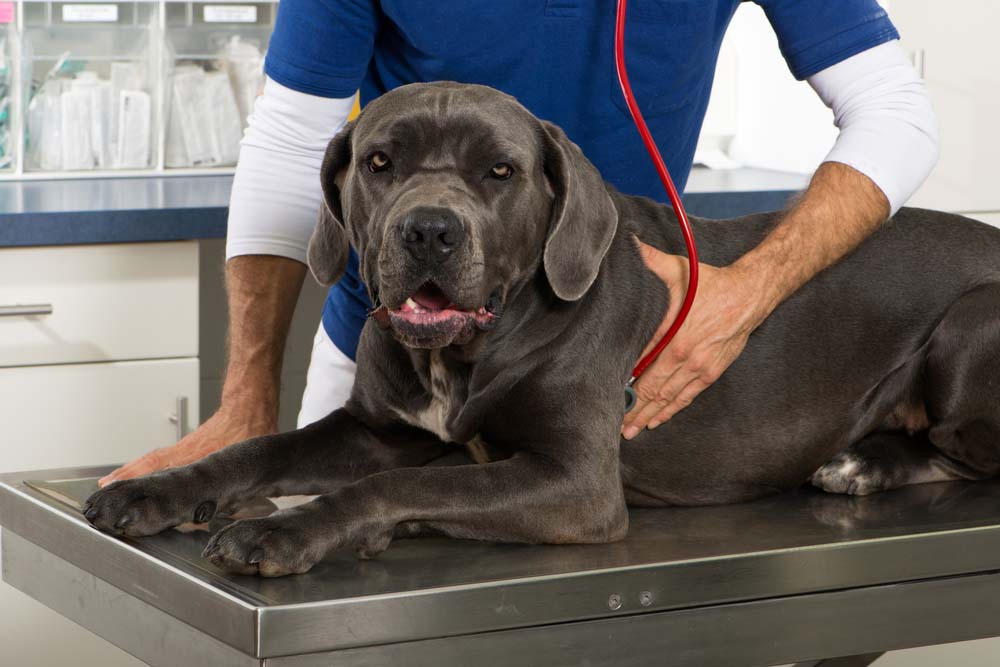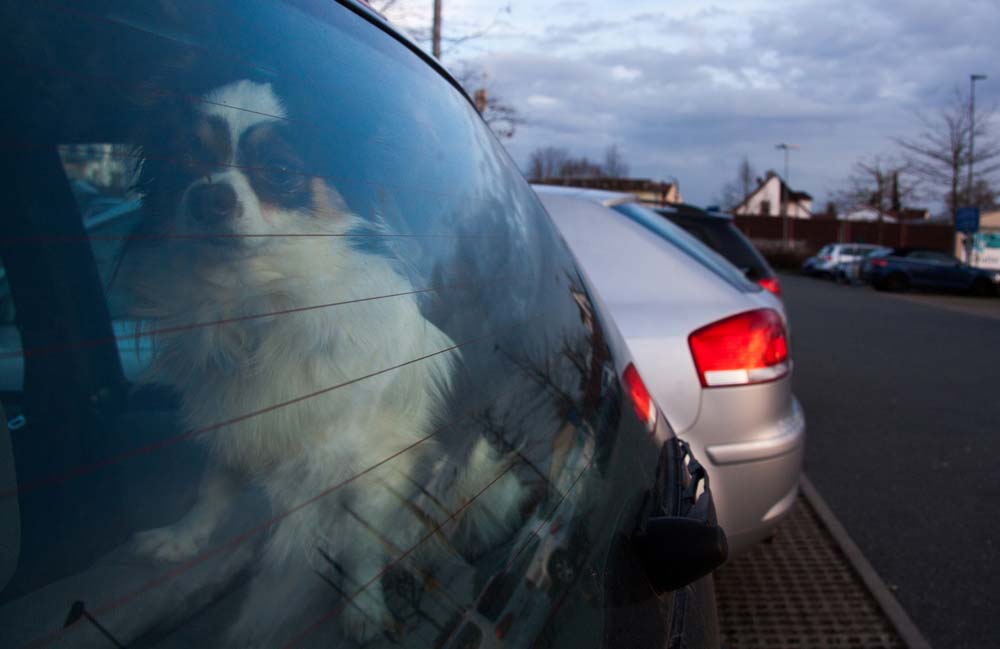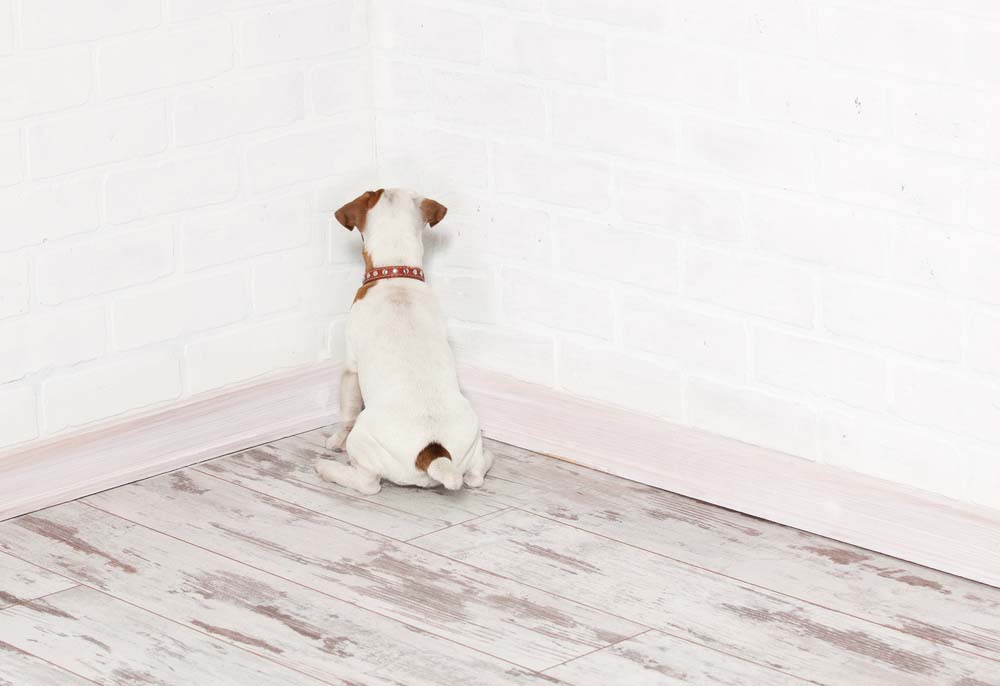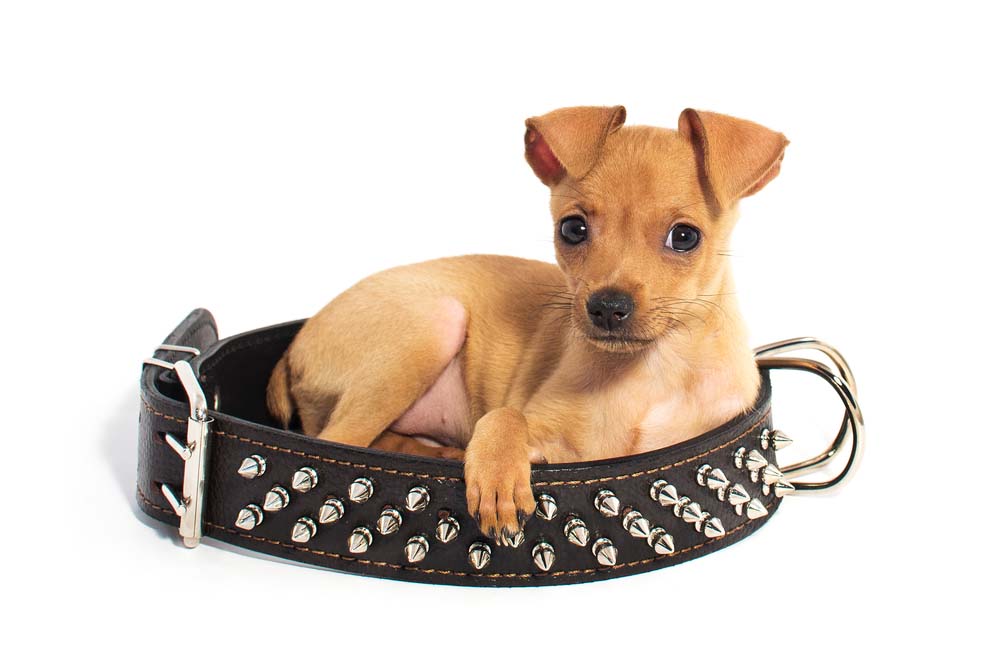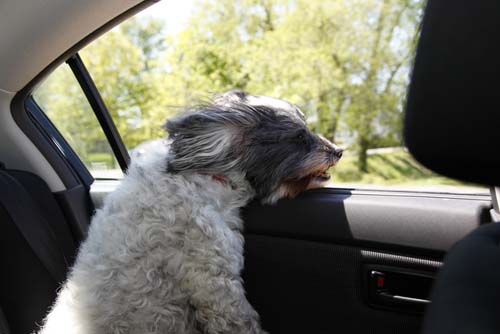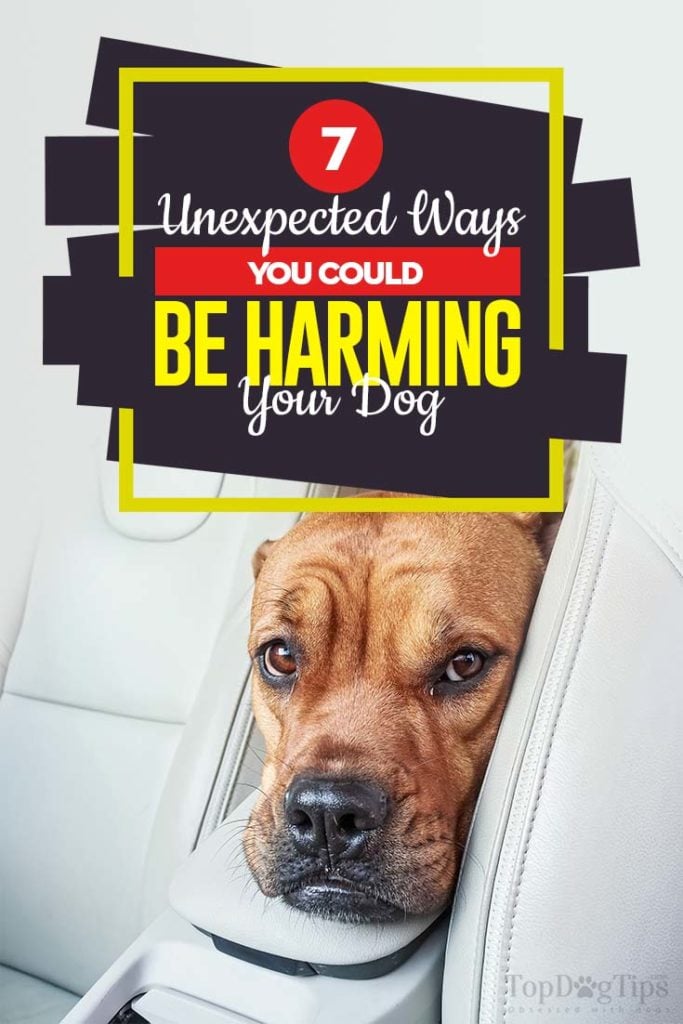Table of Contents
- 7 Ways You May Be Harming Your Dog
- 1. You Don't Track Your Dog's Weight (Gain/Loss)
- 2. You're Lazy About Brushing the Dog's Teeth
- 3. You Rarely Bring the Dog for a Vet Checkup
- 4. You Still Leave Your Dog in the Car
- 5. You Yell or Punish the Dog for Misbehaving
- 6. You Use the Wrong Size of Harness or Collar
- 7. You Don't Secure the Dog When Driving
There is no question that, as pet owners, we love our dogs, and we try to take good care of and provide for our pets' needs. However, there are things that even the most loving and experienced dog owner does that unexpectedly and unintentionally may bring harm to the dog. Here are seven situations that all pet owners should be aware of.
7 Ways You May Be Harming Your Dog
1. You Don't Track Your Dog's Weight (Gain/Loss)
New reports reveal that pet obesity is an epidemic. An older survey from the Association of Pet Obesity Prevention shows that 53 percent of family dogs in the United States are obese or overweight. The survey also reveals that 95 percent of pet owners do not know what their dog's ideal weight should be.
Dog owners must exercise care about overfeeding or underfeeding their pets and provide the dog with enough training or playtime. This way, the animal won't end up storing too much fat. As with humans, obesity can also impact the dog's overall quality of life. Being overweight will reduce the dog's lifespan because he'll likely develop diseases earlier.
To prevent this problem, track the dog's weight and control your pup's food intake, including the number of treats he gets. Resist the urge to feed your dog table scraps even if he begs for it. Also, try to be regular with his exercise routines and make time for this every day. Consult a veterinarian for valuable weight loss tips for dogs.
2. You're Lazy About Brushing the Dog's Teeth
One of the most common health problems among dogs is a periodontal disease. According to the American Veterinary Dental College, the problem can develop in a dog as young as three years old since most dog owners don't make tooth brushing a priority.
But gum disease in dogs can lead to other issues that may impact the dog's kidney and heart. To ensure that your pet gets his teeth cleaned, purchase a finger brush to use on your dog's mouth since this will be easier to control. Also, provide your dog with some chew toys and dental treats that may help reduce plaque build-up.
It will also be good if you schedule a tooth cleaning for your dog at the veterinarian's clinic to avoid a huge number of other dental-related health problems in dogs. Do these check-ups at least once a year.
3. You Rarely Bring the Dog for a Vet Checkup
Similar to dental visits, your dog also needs to get his annual medical exams from the veterinarian. As with humans, this is a good early prevention method to practice since the check-ups will help you and the vet spot health issues sooner and do something about them before they get worse.
As your pet grows older, it might be helpful to go to the vet for a check-up at least every six months. Unfortunately, most pet owners only go to the veterinarian when the problem is already present, and by then, it might be too late for the dog.
4. You Still Leave Your Dog in the Car
Despite the number of incidents in the news about dogs dying when left alone in the car, this is still a fairly common problem among dog owners. While you might say you only leave the dog for 10 minutes in a car parked outside, it’s still going to be risky.
Most of us already know this: experts say that the temperature of parked cars can easily rise up to 20 degrees in a matter of minutes, exposing dogs to the risk of overheating or heat stroke. Yet, many pet owners still leave their dogs “just this one time.”
Remember that dogs don't release heat in their body in the same way as humans. You sweat when you're feeling warm, but dogs don't have such indications. It's also easy for the dog's body temperature to overheat when cooped inside a car. So, if the place you're going to doesn't allow pets, you might as well leave your dog at home.
5. You Yell or Punish the Dog for Misbehaving
Yelling and punishing your dog for doing something bad are two of the worst forms of discipline, a new study shows. Your dog will not gain anything productive from these methods and will only end up getting scared, anxious, and stressed when you're around.
As a result of punishment-based training approaches, your pup might likely misbehave even more because you did not effectively communicate what you really wanted him to do. Disciplining a dog is necessary, but there's a proper way to do it.
Experts say that the right and most effective way to discipline your dog is through a positive reward-based method. Every time your dog does something good, reward him with a treat. He will be conditioned to do the same good behavior over and over because he will associate the treat with it.
6. You Use the Wrong Size of Harness or Collar
There's a reason why pet stores sell many types of harnesses and collars. The variety is important because every dog has a different need. Some dogs have tracheal issues, so they are better off wearing a harness than a collar. Other dogs, however, can easily escape their harness, so a collar might be more useful.
But regardless of what you choose, always get the harness or collar that's the correct fit. There's a way to measure your dog for both the harness and the collar to ensure a proper fit that won't put your dog at risk.
In brief, to gauge if it's the right size for your dog, slip a finger between your dog's collar and its neck. Use two fingers if you've got a larger dog. These contraptions should not be too loose to allow your dog to escape or too tight that it rubs and hurts his body or neck.
7. You Don't Secure the Dog When Driving
Does your dog enjoy a drive? Do you allow him to sit in front or on the passenger's side? Contrary to the fact that many people still do it, it's quite dangerous. If you get into an accident, the pup could be ejected or suffer serious injuries because it was not secure.
If you're bringing your dog along for the ride, either put him inside a dog crate or use a safety contraption like a crash-tested car harness. These days, you can actually find a car seat to use for your pet, but studies have shown that most car seats may not be safe.
Resist letting your dog hang his head on the car's window. It might look like he's having fun, but he could also catch some debris and hurt his eyes or jump out if the window's opening too wide.
Are some of these unexpected ways you may be harming a dog familiar to you? It’s not too late to make the changes and become a more responsible pet parent. If provide the right level of care for your furry best friend, he will be able to enjoy a longer life with you.
READ NEXT: 12 Fun Ways to Bond with Your Dog
Want to share this?


